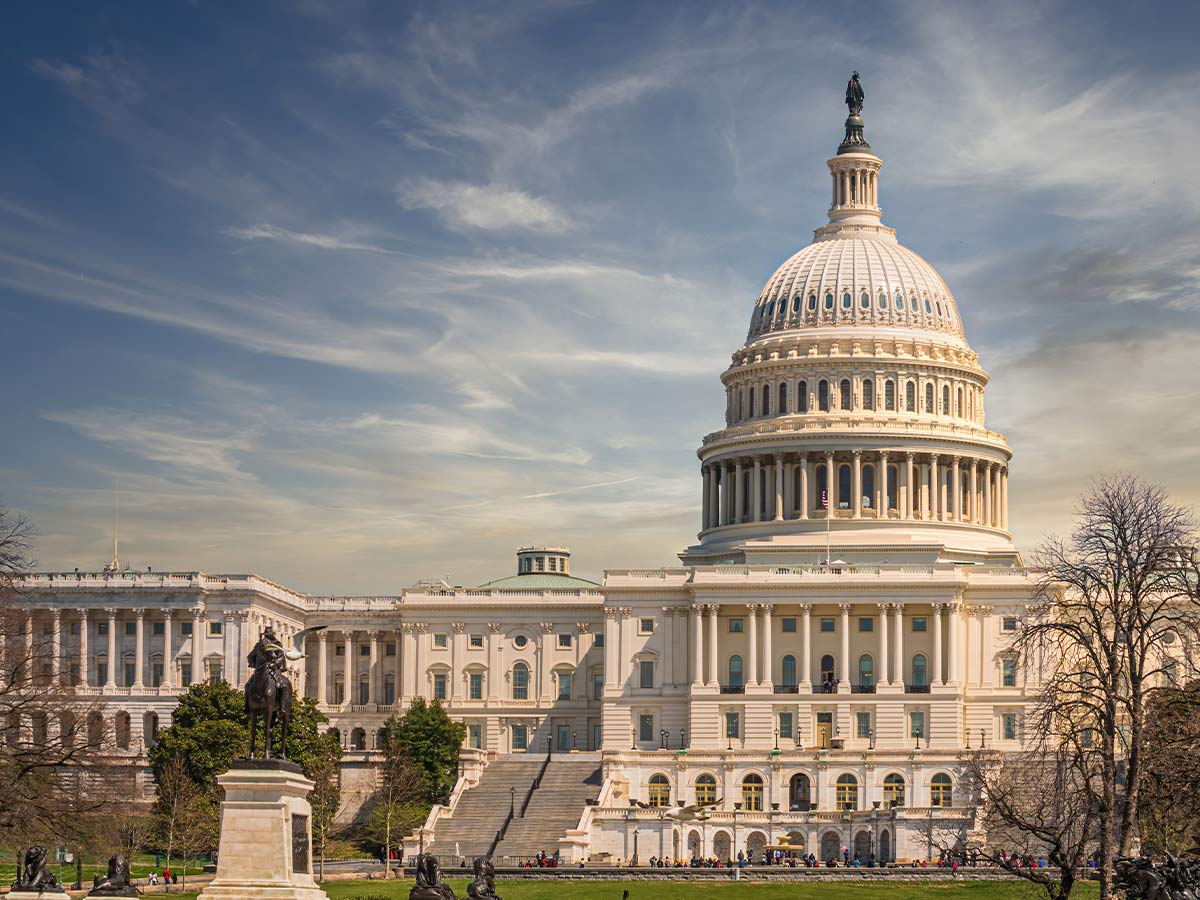1. California

- Medicaid Enrollment: 12,199,634
California leads the nation with the most Medicaid enrollees, covering over a third of the state’s population. The state’s Medicaid program, known as Medi-Cal, benefits from expansive eligibility guidelines, including coverage for undocumented individuals.
California’s large population and high cost of living also contribute to its significant enrollment. Many residents require assistance to afford healthcare, particularly in urban centers like Los Angeles, where economic disparities are widespread.
2. New York

- Medicaid Enrollment: 5,983,032
New York ranks second for Medicaid enrollment, with millions of residents relying on the program. The state has expanded Medicaid under the Affordable Care Act (ACA), allowing more low-income adults to qualify for coverage.
New York’s high enrollment is also driven by its large urban population and a significant number of elderly residents in need of long-term care. Programs tailored to these groups affect enrollment numbers.
3. Texas

- Medicaid Enrollment: 3,836,874
Despite being third in Medicaid enrollment, Texas has one of the nation’s stricter eligibility requirements. The state has not expanded Medicaid under the ACA, leaving many adults without coverage.
Texas’ high enrollment numbers are largely due to its large population and high uninsured rate, with Medicaid serving as a critical safety net for millions of children and lower-income families.
4. Florida

- Medicaid Enrollment: 3,601,937
Florida has millions of Medicaid beneficiaries, putting it fourth nationwide. Like Texas, it has not adopted Medicaid expansion, but it still serves a significant portion of its population, particularly children and pregnant women.
The state’s large senior population also impacts Medicaid enrollment, as many low-income elderly residents rely on the program for long-term care services such as assisted living.
5. Illinois

- Medicaid Enrollment: 2,957,608
Illinois ranks fifth in Medicaid enrollment, in part due to its adoption of the ACA’s Medicaid expansion. This decision opened coverage to hundreds of thousands of additional low-income residents.
The state’s diverse population, with dense urban areas like Chicago, further explains the high enrollment numbers. Illinois also invests heavily in managed care programs to serve residents.
6. Pennsylvania

- Medicaid Enrollment: 2,818,504
Pennsylvania boasts a high Medicaid enrollment thanks to its Medicaid expansion under the ACA. This expansion increased access to healthcare for low-income adults across the state. The state’s aging population and widespread rural areas contribute to enrollment as well.
Rural Pennsylvanians also rely heavily on Medicaid due to limited healthcare access in sparsely populated areas. Efforts to integrate behavioral health and primary care have further strengthened the state’s Medicaid program.
7. Ohio

- Medicaid Enrollment: 2,637,875
Ohio has a significant number of Medicaid enrollees, aided by its adoption of Medicaid expansion. This has provided coverage to many low-income adults and families who previously went uninsured.
The state’s diverse economy and mix of urban and rural populations shape its Medicaid statistics. Ohio has also focused on behavioral health services as part of its Medicaid efforts.
8. North Carolina

- Medicaid Enrollment: 2,433,285
North Carolina has yet to expand Medicaid but still maintains millions of enrollees, due in part to its population size and the program’s focus on children and maternity care.
State lawmakers continue to debate expansion, which could increase enrollment. For now, Medicaid remains a crucial resource for many North Carolinians, especially due to rural healthcare access challenges.
9. Michigan

- Medicaid Enrollment: 2,196,410
Michigan expanded Medicaid to cover a broader range of residents, contributing greatly to its enrollment. The state’s Healthy Michigan Plan has been a model for effectively increasing healthcare access.
Industrial job losses and economic challenges have left many Michigan residents depending on Medicaid for health coverage. Ongoing initiatives aim to close coverage gaps and improve health outcomes in economically disadvantaged areas.
10. Arizona

- Medicaid Enrollment: 1,837,274
Arizona expanded Medicaid under the ACA through its AHCCCS program, resulting in a substantial enrollment boost. The state uniquely incorporates Native American populations into its Medicaid framework, reflecting the needs of its residents.
Urban population growth and rural healthcare disparities both contribute to Medicaid’s importance in Arizona. Coordinated care models have enhanced the efficiency of the program, particularly for those with chronic conditions.
11. Washington

- Medicaid Enrollment: 1,779,850
Washington was among the first states to expand Medicaid under the ACA, adding millions of residents to the program. The state prioritizes comprehensive benefits, including dental and mental health services for Medicaid enrollees.
Rural communities with limited healthcare access rely heavily on the program, while urban centers also see strong enrollment due to economic disparities. Washington’s innovative healthcare delivery systems make Medicaid a model for other states.
12. Georgia

- Medicaid Enrollment: 1,735,459
Georgia ranks high in Medicaid enrollment despite not expanding the program under the ACA. The state’s large population ensures significant enrollment, particularly among children and low-income families.
Rural areas in Georgia face healthcare provider shortages, making Medicaid crucial for access to medical services. Addressing maternal and child health remains a key priority within the state’s Medicaid framework.
13. Indiana

- Medicaid Enrollment: 1,663,291
Indiana’s Healthy Indiana Plan 2.0 allowed the state to expand Medicaid while adding unique features like health savings accounts. This has widened access to coverage for low-income residents.
The state’s focus on innovative care management has helped bring many residents into the Medicaid system while addressing healthcare costs. Rural and urban populations alike benefit from these measures.
14. Virginia

- Medicaid Enrollment: 1,613,039
Virginia adopted Medicaid expansion in 2019, significantly increasing enrollment. The program now provides coverage to hundreds of thousands of low-income adults who were previously uninsured.
Economic disparities in rural Appalachia drive Medicaid reliance, while the aging population increases demand for long-term care services. Virginia’s Medicaid system strives to close these healthcare access gaps.
15. New Jersey

- Medicaid Enrollment: 1,507,857
New Jersey’s Medicaid enrollment increased significantly after the ACA expansion. The program now provides vital support to residents in urban centers and areas affected by poverty.
Behavioral health integration and long-term care services are central to New Jersey’s Medicaid program. Ongoing initiatives aim to close coverage gaps and improve health outcomes in economically disadvantaged areas.
16. Massachusetts

- Medicaid Enrollment: 1,460,282
Massachusetts has one of the highest healthcare coverage rates in the country, supported by its Medicaid program, MassHealth. Millions of residents, including children and seniors, rely on it for care.
The program tackles a wide range of health challenges, including chronic conditions and long-term care needs, particularly among low-income families and senior citizens. Massachusetts remains a leader in healthcare innovation.
17. Louisiana

- Medicaid Enrollment: 1,364,434
Louisiana’s decision to expand Medicaid in 2016 led to a sharp rise in enrollment. Many residents gained access to essential healthcare services, reducing the uninsured rate significantly.
The state’s high poverty rate makes Medicaid a critical resource for medical coverage, particularly in underserved areas. Expanding access to mental health, preventative, and community health services are key focuses for the state.
18. Maryland

- Medicaid Enrollment: 1,327,165
Maryland's Medicaid expansion significantly increased enrollment, particularly in urban regions such as Baltimore. The program prioritizes preventative care, chronic disease management, and maternal health for low-income residents.
The state’s diverse population relies on Medicaid for access to essential services, particularly in rural areas facing provider shortages. Maryland’s healthcare policies strive to address these disparities.
19. Tennessee

- Medicaid Enrollment: 1,271,910
Tennessee has millions of residents enrolled in Medicaid despite not expanding the program under the ACA. The state’s TennCare program primarily serves children, pregnant women, and the disabled.
Rural communities in Tennessee rely heavily on Medicaid, especially where healthcare options are limited and economic disparities are pronounced. Innovative managed care solutions under TennCare aim to reduce costs while improving health outcomes for beneficiaries.
20. Kentucky

- Medicaid Enrollment: 1,255,289
Kentucky expanded Medicaid early and saw a dramatic increase in enrollment. The program has been crucial in addressing the state’s high poverty rate and poor healthcare outcomes.
Medicaid plays a critical role in Kentucky’s Appalachian regions, where high poverty rates and limited healthcare infrastructure persist. Expanding preventive care access remains a key priority for the state.
21. Minnesota

- Medicaid Enrollment: 1,163,025
Minnesota’s Medicaid program, known as Medical Assistance, benefits from the state’s focus on healthcare access and innovation. Expansion under the ACA increased enrollment and improved outcomes.
The state’s focus on innovation ensures effective healthcare solutions tailored to diverse needs. Medicaid plays a pivotal role in shaping Minnesota’s health landscape, especially for underserved rural populations.
22. Missouri

- Medicaid Enrollment: 1,135,126
Missouri recently expanded Medicaid, with enrollment growing as a result. This expansion has opened coverage to thousands of low-income adults who previously did not qualify.
The state’s rural population faces significant healthcare challenges, making Medicaid an essential tool for accessing medical services in underserved areas. Urban areas, meanwhile, see enrollment growth due to economic challenges.
23. Oregon

- Medicaid Enrollment: 1,114,712
Oregon’s Medicaid program saw a significant boost in enrollment following ACA expansion. Coordinated care organizations deliver healthcare through regional systems, ensuring holistic and efficient Medicaid services.
Addressing rural healthcare access remains a challenge, but telemedicine and community health initiatives help close gaps. Oregon’s model emphasizes integrated care to improve overall health outcomes for Medicaid participants.
24. Wisconsin

- Medicaid Enrollment: 1,111,757
Wisconsin has not fully expanded Medicaid under the ACA but maintains high enrollment due to BadgerCare Plus, which covers children, pregnant women, and some low-income adults.
The program prioritizes quality initiatives like preventive health measures, ensuring better healthcare outcomes for its enrollees. Wisconsin’s investments in low-income healthcare infrastructure make Medicaid highly effective.
25. Colorado

- Medicaid Enrollment: 1,050,373
Colorado expanded Medicaid early under the ACA, boosting enrollment significantly. Its program, Health First Colorado, provides comprehensive care to a wide range of residents.
The state’s efforts to integrate behavioral and physical health services have made Medicaid a key part of its healthcare system, meeting diverse needs. Colorado’s efforts to improve telemedicine access have enhanced Medicaid’s reach.
 Author
Ron Winkler
Last Updated: August 12, 2025
Author
Ron Winkler
Last Updated: August 12, 2025